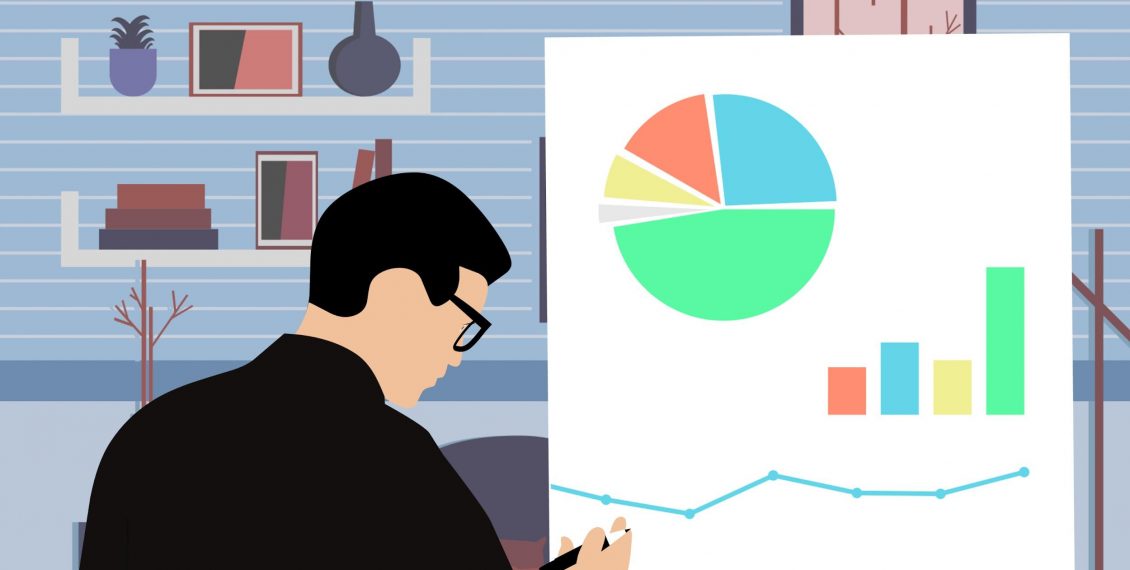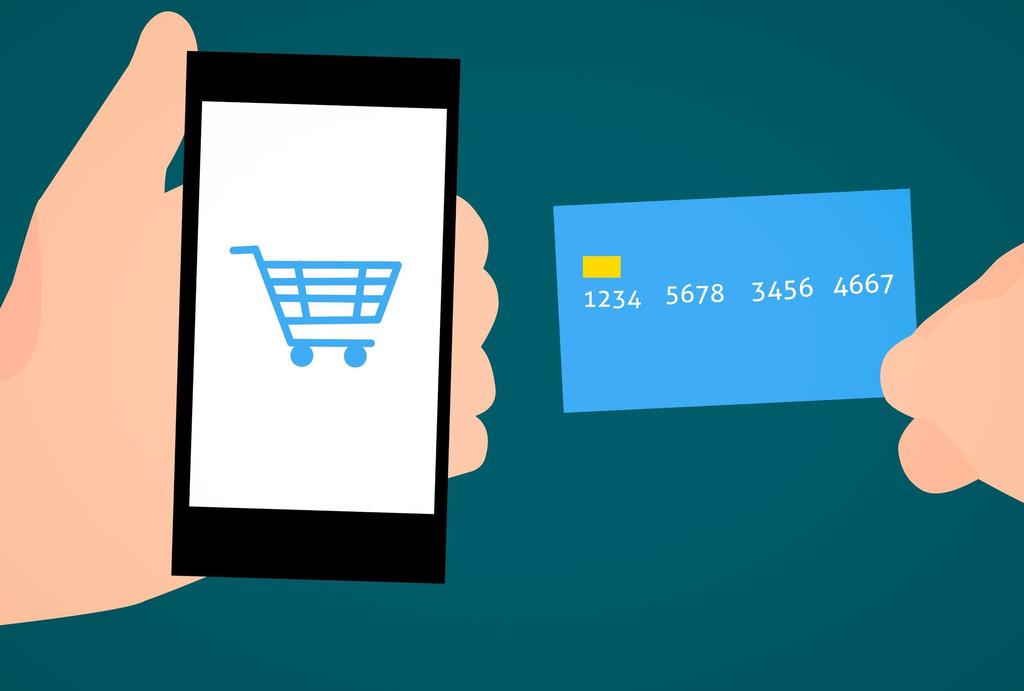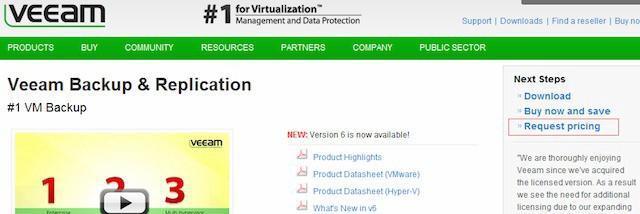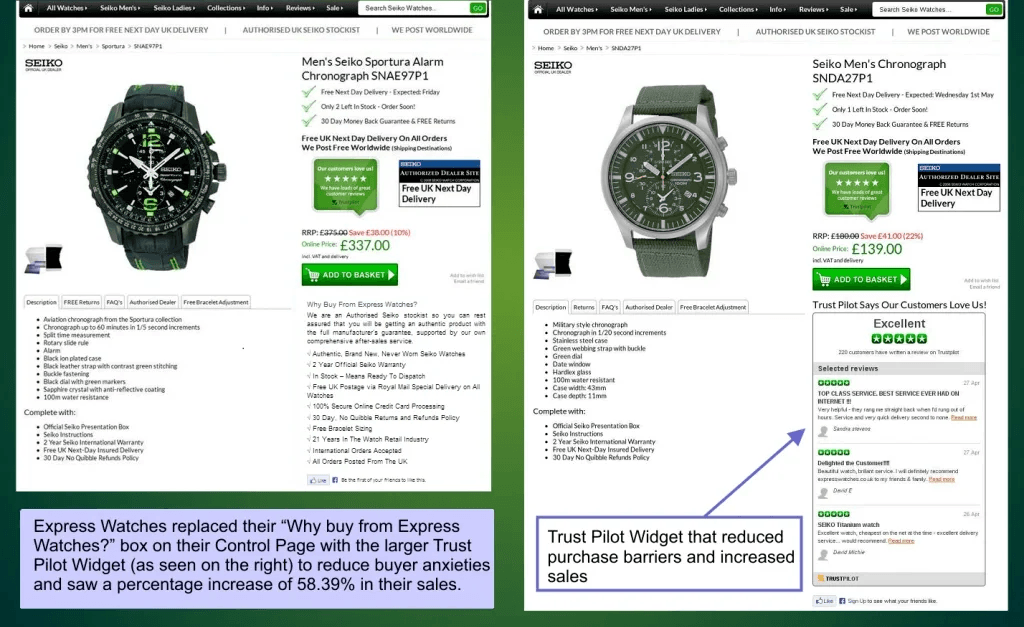4 High ROI (But Low Cost) Conversion Optimization Strategies To Boost Ecommerce Sales
By Rodney Laws | Business
By Rodney Laws | Business

As a store owner, boosting ecommerce sales and conversions can be tricky.
Should you refine product copy? Increase site traffic? Or restructure your site’s navigation?
There’s an array of stages in the funnel to choose from and various on-site elements to “test and tweak”.
Implementing these changes can take significant amounts of time or money, so it’s critical to lead your optimization efforts with strategies and tactics that maximize profitability.
In this post, you’ll learn 4 high ROI conversion optimization strategies to increase ecommerce sales. And if you stick around until the end, I’ll also reveal the process we’ve used at Leadfeeder to generate an extra $11,000/month from optimizing a single page.
After successfully launching the invisibleSHIELD in 2006, ZAGG has matured into a leading online marketplace for mobile device accessories.
On a mission to increase ecommerce sales without burning resources, the company started testing videos and 360° images on their product pages.
After changing their default product image from static images, to video, and then to 360° images, they increased revenue per customer by 39%.

Credit: Zagg
Consumer demands for information have risen. In 2016, a study found that online shoppers expected a minimum of three images of every product they considered.
Repeated in 2019, the same study found that today’s online shoppers expect “5-8 images, 2-5 videos, and even an average of 8-13 questions to be answered by the brand itself.”
Shoppers now expect to meet a detailed variety of content when they browse. To satisfy and exceed rising expectations, it’s important to give consumers accurate visual information in the form of videos and 360 images°.
A case study popularized by the New York times tested the influence of choices and options on our buying decisions. Carried out on two different Saturdays, the test had some interesting results…
On one Saturday, 24 different flavours of jam were given. The next Saturday, people were only presented with 6 different flavours. On the day with 24 different flavours, only 3% actually bought anything.
On the day with 6 flavours, however, 30% of people made purchases.
Whether you’re selling online or offline, it’s a fact that the more choices shoppers are forced to make, the more friction they’ll feel, and the higher the probability that they’ll fail to purchase.
While reducing friction across the board is a worthy goal, it’s arguably most important during the checkout process—a stage that 26% of online shoppers admit to abandoning because it is too “long/complicated.”
Fortunately, you can reduce the friction and complexity of your checkout process with some simple changes. Here’s how:
Make it easier for visitors to purchase by using action-specific microcopy.
The team at an Insound, an online music store, believed that repeatedly using the word “Continue” was causing friction and confusing customers during checkout.
Suspecting that a more specific description would improve conversion rates, they replaced the word “continue” with “review order” and increased checkout conversions by 39.4%.

Credit: PXHere
In his article about a $300 million dollar button change, designer Jared Spool shares how removing the login requirement guarding their checkout process increased revenue by $15 million in just one month.
As Jared’s story shows, less is more when it comes to refining the checkout experience. Remove purchase barriers on your checkout page by:
“Conversion rates suffer when sites fail to drive customer micro-actions and maintain momentum through the sales path.”Bryan Eisenberg.
Writing better product copy is an effective way to increase conversions. But improving product descriptions comes with two caveats:
To work around this, refine your site’s microcopy instead. Microcopy is short, suggestive text that guides customers along or instructs them to do something—like click a button or type into a search bar.
Take a look at Shopstyle’s search bar for example:

Credit: Shopstyle
By literally asking shoppers what they are looking for, Shopstyle’s microcopy maintains momentum when visitors land on their site.
A single phrase, sentence, or in the case of Veeam, a word can lift conversions. Through their on-page survey, Veeam noticed that most visitors were asking for a price even though their copy instructed visitors to “request a quote.”
After replacing the word “quote” with the word that their customers were using, “price”, they experienced a staggering 161.66% increase in clicks to their pricing page.
Before:

Credit: Veeam
After:

Credit: Veeam
As Veeam’s case study shows, tweaking your microcopy can have a meteoric impact on your ecommerce sales. But, it’s best to avoid randomly testing buttons and microcopy. Instead, look for key parts of the consumer journey where you can continue the conversion in your customer’s head.
Buying a product online poses a certain amount of risk.
“Will this product live up to expectations?” is a constant gnawing concern for your customers, and even more so for first-time visitors. To increase conversions on your ecommerce store, eliminate risk and enable trust with social proof.
In a bid to reinforce their image as a trustworthy watch brand, Express Watches wanted to reduce “visitor anxiety” to encourage shoppers to buy. So on their product page, they replaced their “Why buy from us?” section with a Trust Pilot widget showing third-party reviews. This small change increased sales by 58.39%.

Credit: Express Watches
Shoppers actively seek and trust social proof. On average, they use 2-3 buyer review sites before making a decision to purchase, and 88% trust online reviews as much as personal recommendations.
Customers may doubt what you say about your brand, but they’ll place a heavy amount of trust in the opinions of others. That’s why it’s best to show credibility—in the form of social proof—instead of explaining it. Remember that social proof isn’t limited to third-party reviews, you can also use your brand’s:
As shown above, increasing ecommerce conversions doesn’t have to be a complicated and costly process. By focusing on the small, but cumulatively powerful tweaks like reducing friction, providing social proof, and better product images, you can quickly increase sales without sacrificing too much time or money.
Before you run A/B split tests and roll out changes on your site, use the 3-step process we used at Leadfeeder to generate $11,000 in monthly recurring revenue by increasing conversions on our pricing page:
Author bio: This article was written by the team at Leadfeeder.